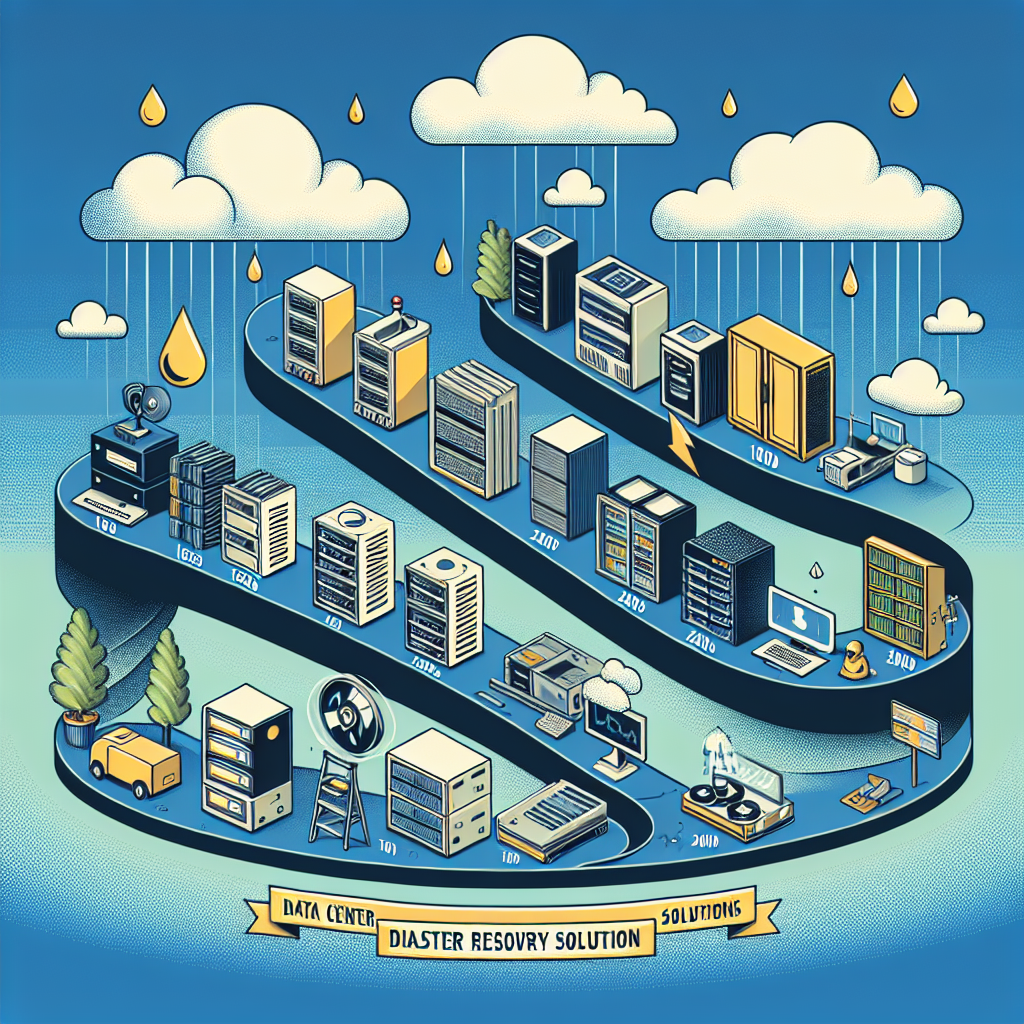Your cart is currently empty!
The Evolution of Data Center Disaster Recovery Solutions

Data centers are the backbone of modern businesses, providing the infrastructure for storing and processing vast amounts of data. However, with the increasing reliance on digital technology, the risk of data center disasters has also grown. From natural disasters like hurricanes and earthquakes to cyber-attacks and human errors, there are numerous threats that can disrupt data center operations and lead to data loss.
In response to these threats, data center disaster recovery solutions have evolved significantly over the years. In the past, traditional disaster recovery methods involved creating backup tapes and storing them offsite. While this method provided some level of protection, it was time-consuming and often resulted in data loss due to the delay in restoring backups.
As technology advanced, so did disaster recovery solutions. Virtualization technology allowed for the creation of virtual copies of servers and data, making it easier to replicate and restore systems in the event of a disaster. This led to the development of disaster recovery as a service (DRaaS) solutions, which offered businesses a more cost-effective and efficient way to protect their data.
Today, data center disaster recovery solutions have become even more sophisticated with the rise of cloud computing. Cloud-based disaster recovery solutions offer businesses the flexibility to replicate their data and systems to the cloud, providing a more scalable and reliable option for disaster recovery. With the ability to quickly spin up virtual machines in the cloud, businesses can minimize downtime and ensure continuity of operations in the event of a disaster.
In addition to cloud-based solutions, advancements in data replication technology have also improved disaster recovery capabilities. Continuous data replication allows businesses to replicate their data in real-time, ensuring that the most up-to-date information is always available for recovery. This minimizes the risk of data loss and helps businesses recover more quickly from disasters.
Overall, the evolution of data center disaster recovery solutions has enabled businesses to better protect their data and ensure business continuity in the face of ever-increasing threats. By leveraging the latest technology and best practices in disaster recovery, businesses can minimize the impact of disasters and maintain the trust of their customers and stakeholders. As data centers continue to play a critical role in the digital economy, investing in robust disaster recovery solutions is essential for ensuring the resilience and success of businesses in today’s fast-paced world.

Leave a Reply